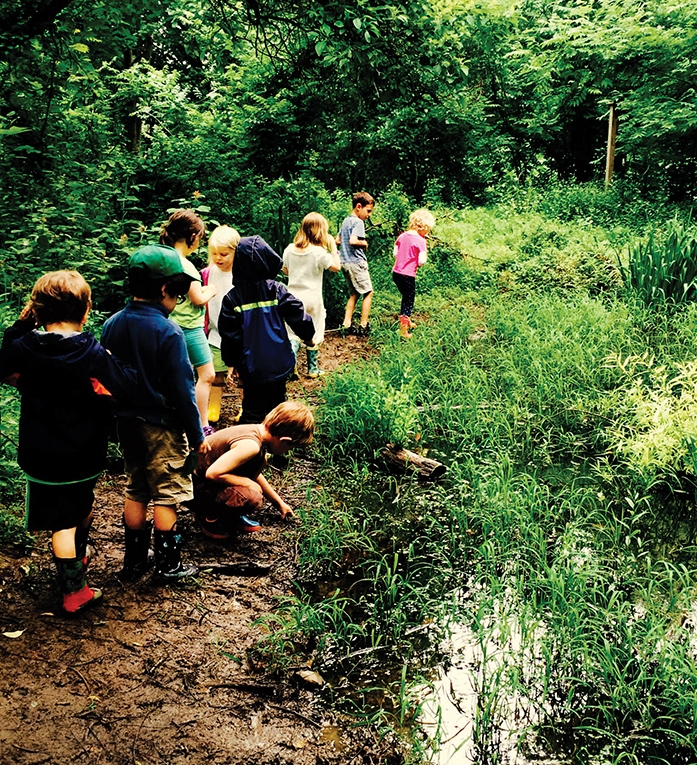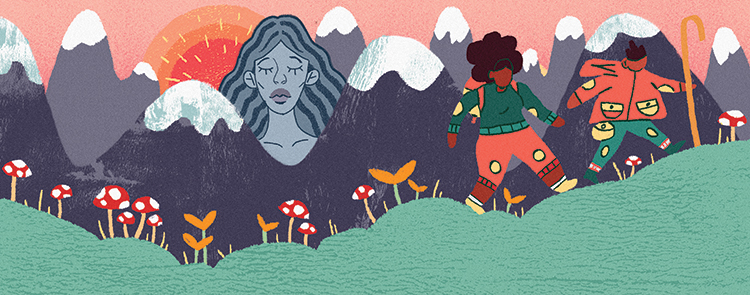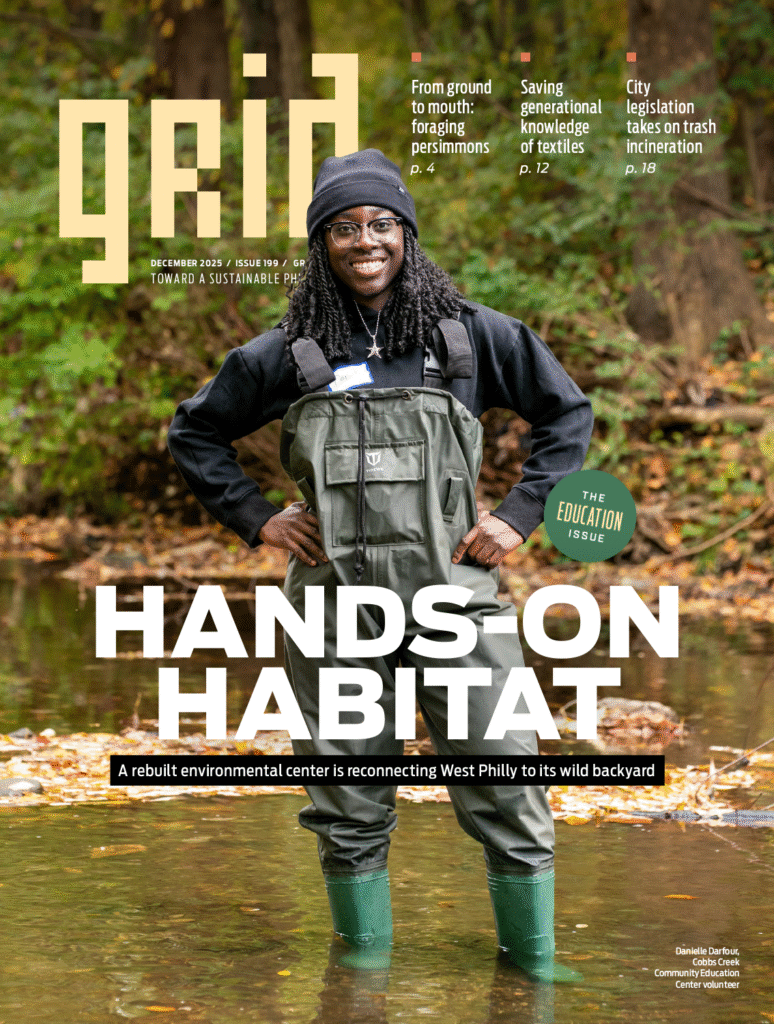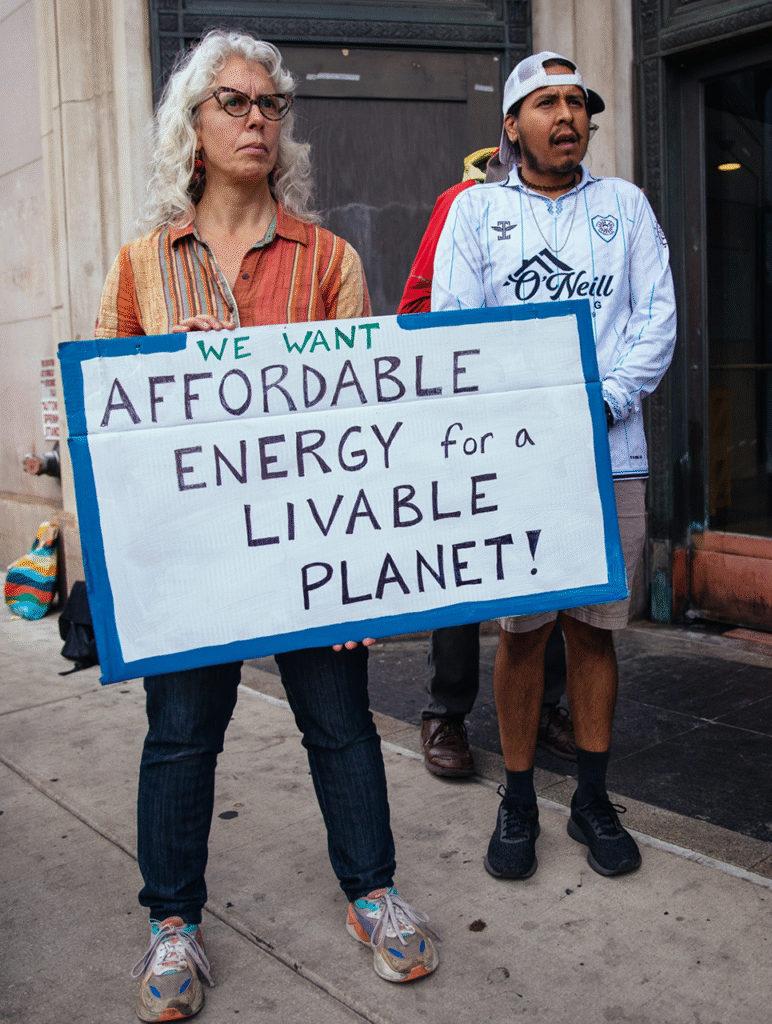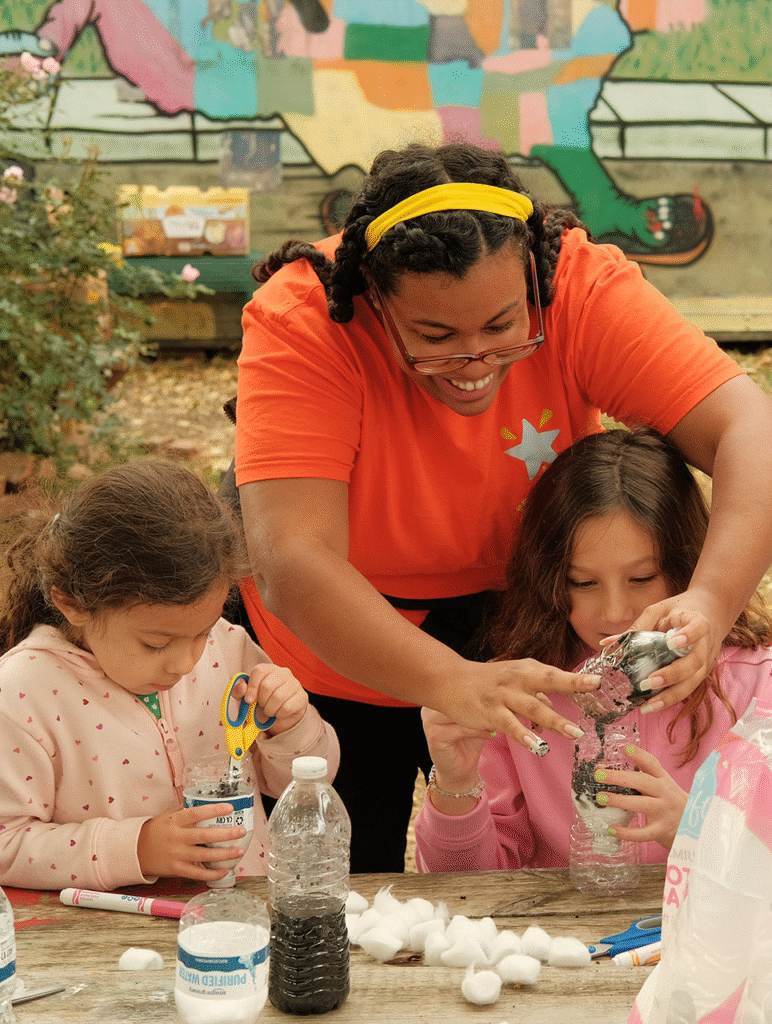Elementary students at the Schuylkill Center for Environmental Education get down in the mud during a hike | photo by Rebecca Dhondt
by Justin Klugh
As a child, environmental leader Mike Weilbacher can remember getting lost in the pine woods of Long Island. “That was our home,” he recalls. “We’d go off, two miles away from our house without cell phones, and our parents would have no idea. It was a different world.” Today, not only are the pine forests of his youth long decimated, but children’s exposure to the outdoors is far less regular. “The average child is watching 40-50 hours of screens a week,” he says. “So, essentially a child’s full-time job is looking at a screen.”
As the Executive Director of the Schuylkill Center for Environmental Education, which recently celebrated its 50th anniversary, Weilbacher and his colleagues believe in a simple philosophy: Get kids back outside and see what happens. They do so with a curriculum of outdoor programs for kids from ages 3-15, giving them access to a world that surrounds them, but with which they may lack familiarity. And it’s a good thing, according to the National Wildlife Federation, which cites getting outside as a means to improve children’s fitness, Vitamin D levels and even eyesight. In a country where one in three children suffer from obesity, getting children away from their desks and into the woods is a refreshing philosophy. Schools with environmental programs saw an uptick in standardized test scores, as well. From a social standpoint, a 2009 study at the University of Rochester found that nature can smooth out rough emotional edges, or, as the NWF puts it, “Nature makes you nicer, enhancing social interactions, value for community and close relationships.”
Weilbacher has seen children enter the woods and become different people. “Kids who spend more time outside are healthier,” he says. ”They have less absenteeism in school, they’re calmer. They play more creatively when they’re outside, there’s less win-lose and more free play. Boys and girls mix differently. Essentially, we evolve to being immersed in green.”
By offering a less structured take on education, children who participate in Schuylkill Center outdoor programs do not feel they are losing out on their free time.
“The Schuylkill Center is a special place,” says Manager of School programs Camila Rivera-Tinsley. “Being out in nature—for anyone—provides these moments of spontaneous inspiration. Kids are able to have their imaginations be truly stimulated because it’s an open palate. You give this loose framework for what the lesson is about, and they think that they are guiding the lesson. Suddenly, they want to know more, and it creates self-driven learning. They’re doing it on their own and that makes them happier learners.”
Schuylkill Center summer camps for younger children allow for exploration of the 340 acres of wooded Schuylkill Center property, where the lessons can range from ecosystems to outer space to organic farming. Older kids get to hike, camp, bike, raft and engage in the outdoors during five-night stays. The ”Monkey Tail Gang” meets after school, allowing kids to unwind after a long day in kindergarten to fifth grade, and numerous day trips allow for extended adventures. Kids can even have their birthday parties on the property, selecting from a variety of themes. For adults, there are walks, workshops, lectures and classes, and even training programs offered to become a Pennsylvania Master Naturalist. It’s a different take on the spirit that embodied TSC when it opened in 1965.
“Fifty years ago, the paradigm would have been to bring kids outside and tell them lots of great information about the environment and hope that they absorb it,” Weilbacher says. “Now, it’s more about giving kids lots of time to immerse in nature and just be.”
Like its students, the Schuylkill Center will continue to evolve—currently, they are looking at ways to unite technology and the outdoors—while keeping their overall message the same. Environmentalist icons did not simply walk out of the woods with a head full of keen ideas; they received an education, formal or not, that put nature in front of them and allowed for it—as it often does, without waiting for permission—to grow on them.
“This is where the next John Muir comes from,” Weilbacher says. “Somebody who grows up with green living so important to them, who becomes the next environmental leader.”



